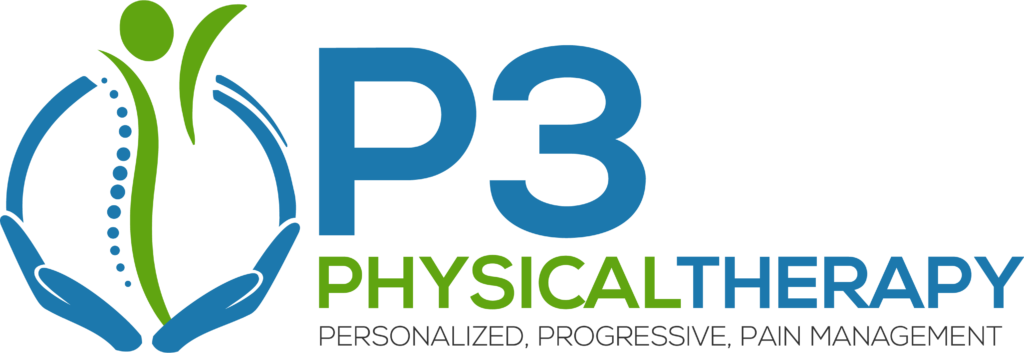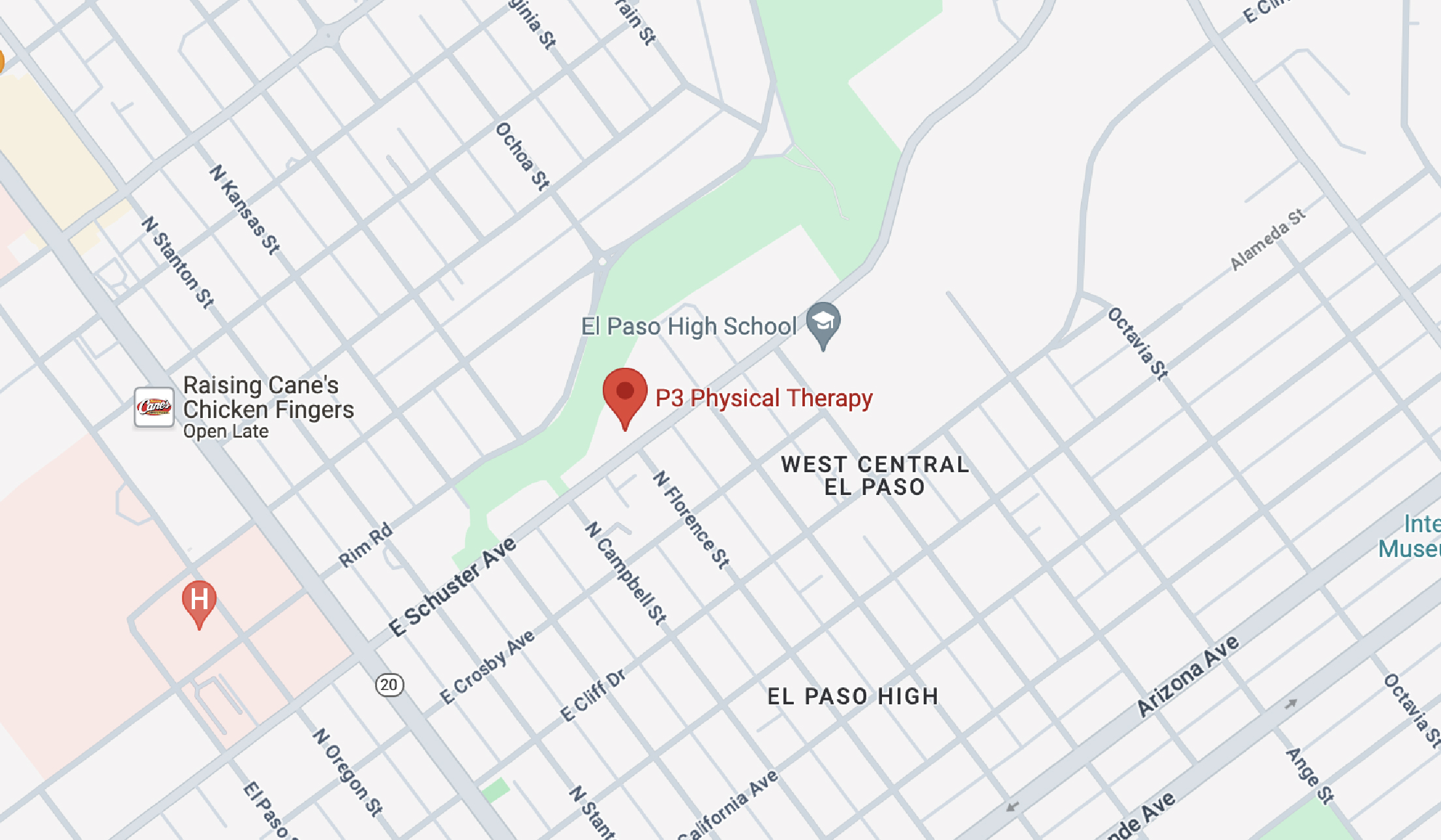
We provide a brief overview of how physical therapy plays a role in people’s recovery.
Encouraging Movement After Surgery for Better Healing
For some, it might seem counterintuitive to be up and moving just after surgery. Yet, functional decline spurred on by excessive bed rest after surgery is well documented. Physical therapy services after the procedure improve pain, disability, and the regaining of range of motion, which greatly decreases the chance for post-surgery complications.
The approaches and protocol to physical therapy post-surgery depend greatly on the individual patient. Physical therapy is highly individualized, however, and a good physical therapist takes into consideration medical history, age, previous activity level, other injuries, etc.
You will spend a much longer time with your physical therapist than with your surgeon. So knowing a little bit about how this works can help you be proactive about your personal journey to healing.
In addition, evidence also suggests that:
- That preoperative exercise helps reduce the length of stay in a hospital for some patients. This means that physical therapy can be beneficial before surgery.
- There is solid evidence that exercise after surgery should be initiated as soon as possible after the surgery and be aimed at restoring functionality.
Who Should Get Physical Therapy After Surgery?
As the evidence shows, people that undergo different types of surgery are eligible and should pursue physical therapy treatments. Not only does physical therapy focus on improving function and mobility, but it also helps patients deal with significant pain and mitigates or reduces the need to use opioids or other strong painkillers.
Good candidates for physical therapy include:
- Patients that have undergone joint-replacement surgery
- ACL and Meniscus repair
- Back surgery
- Heart attack/bypass surgery
What Does Post-Operative PT Look Like?
Well, it varies from patient to patient and surgery to surgery, but generally speaking, the physical therapist starts you off with simple exercises that involve flexing and stretching. Slowly, the program moves onto more refined and targeted exercises.
A physical therapist and physical therapy assistant work closely with you to ensure you are progressing but not moving too fast and risking re-injury. The idea is that your PT:
- Minimizes the formation of scar tissue
- Restores strength
- Improves and restores range of motion
- Helps with the return to regular activity and sports
- Reduces pain and inflammation
ACL Surgery and Post-Operative PT
ACL surgery is a common and often-performed procedure. The surgery is performed on people of all ages and fitness levels— from professional athletes to middle-aged workers to elderly people. The ACL is an important soft-tissue structure that forms part of the knee joint. It connects the femur (largest bone in the body) to the tibia.
This is a complex procedure and a PT might communicate closely with your surgeon to ensure full knowledge of your situation.
Possible PT methods used with ACL surgery patients include:
- The strengthening of both knees equally.
- Working hips and hip flexors. Some evidence suggests that weak hips or lack of mobility in the hip can cause an ACL injury. So by strengthening the hip joint, it can further protect the knee.
- Helping the patient back to their regular activity or sports
- Help with proper exercise form and technique
Shoulder Surgery and Post-Operative PT
Shoulder injuries are also very common among a wide range of patients. Rotator cuff tears and osteoarthritis of the shoulder, for example, are scenarios that are common with athletes and elderly patients alike.
Similar to other post-surgery physical therapy protocols, shoulder recovery is geared towards:
- Decreasing pain
- Decreasing collection of fluid or forming of scar tissue
- Improving shoulder motion and function
- Educating the patient in shoulder protection
Treatments may begin with passive range of motion, pendulum exercises, active motion, and ice packs. As time progresses, the PT may incorporate isometrics (holding a position as a way to contract muscles or muscle groups). Isometric exercises are useful for rebuilding stabilization and restoring or maintaining strength to continue with more advanced movements.
Have Questions About Physical Therapy After Your Surgery
If you’re thinking about getting surgery or your surgeon has recommended it, make sure you discuss your physical therapy options. Your surgeon will have more information regarding the recovery and how you can improve your chances for full recovery and return to your favorite activities. At the same time, if you’re looking for ways to avoid surgery after an injury or prevent injury, physical therapy can also help. You can also call us to ask more about what we do and how we might be able to help you.
Want to learn more? Call P3 Physical Therapy.


